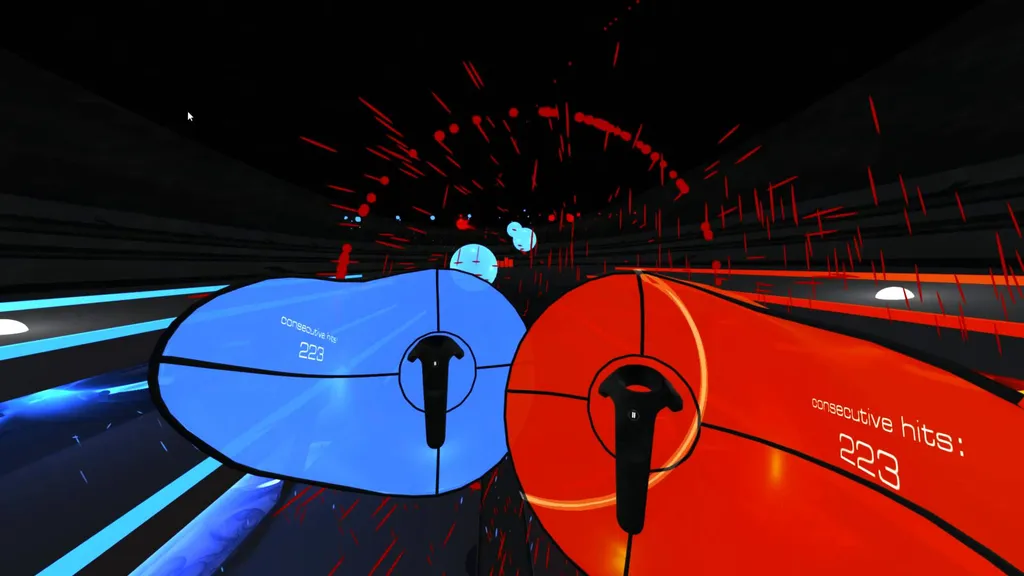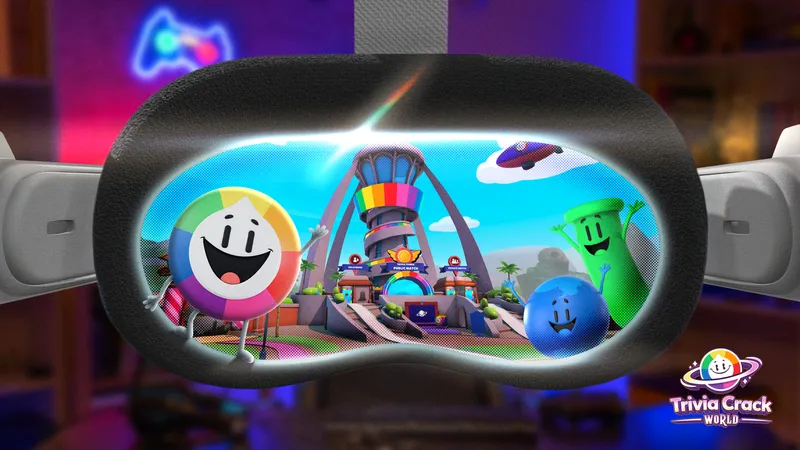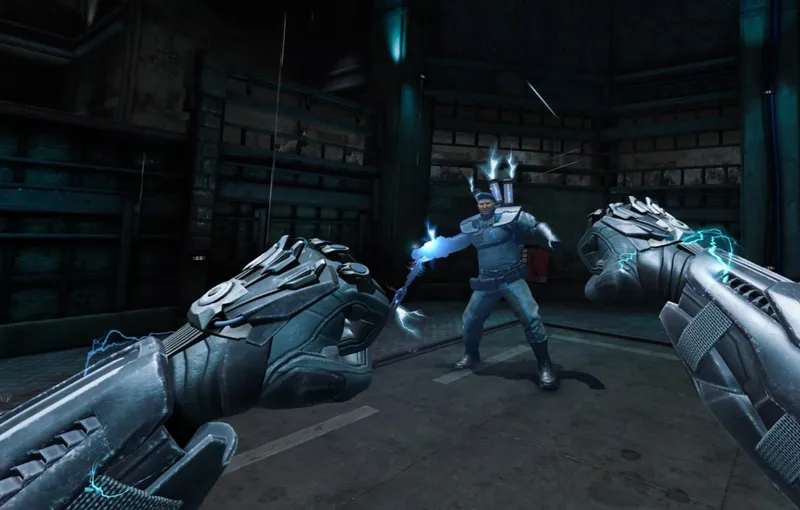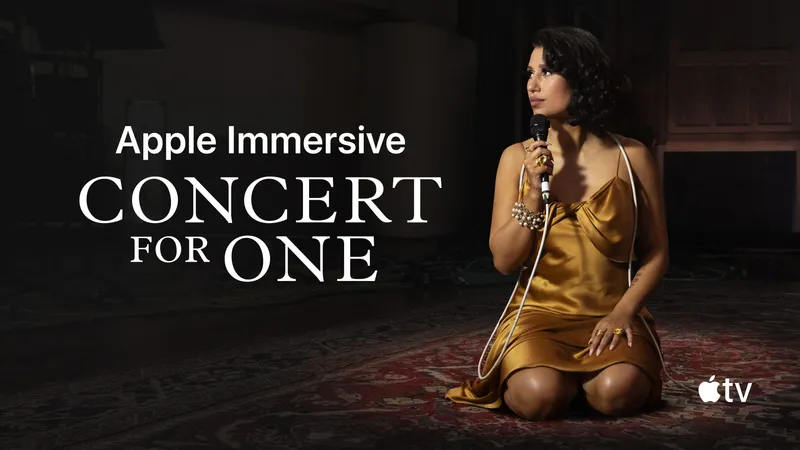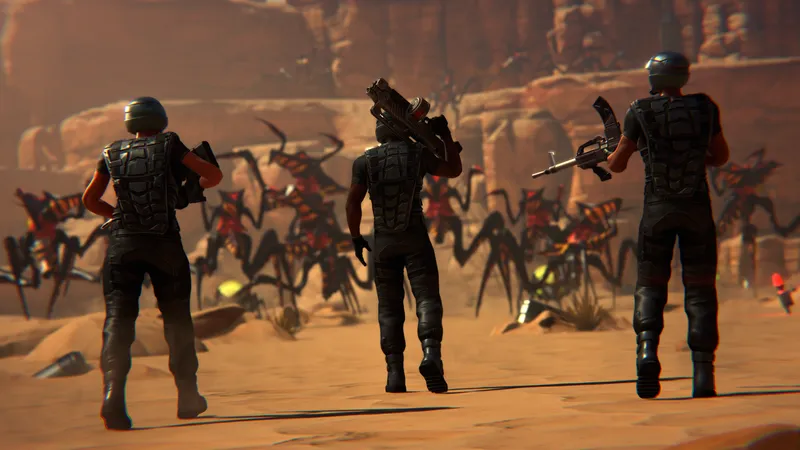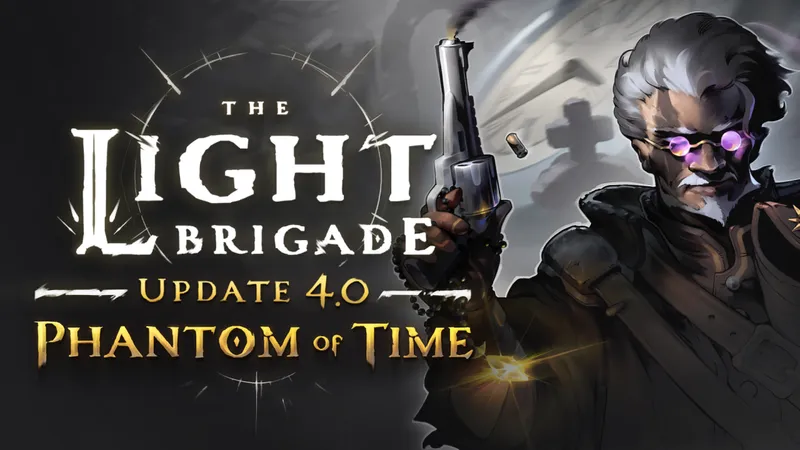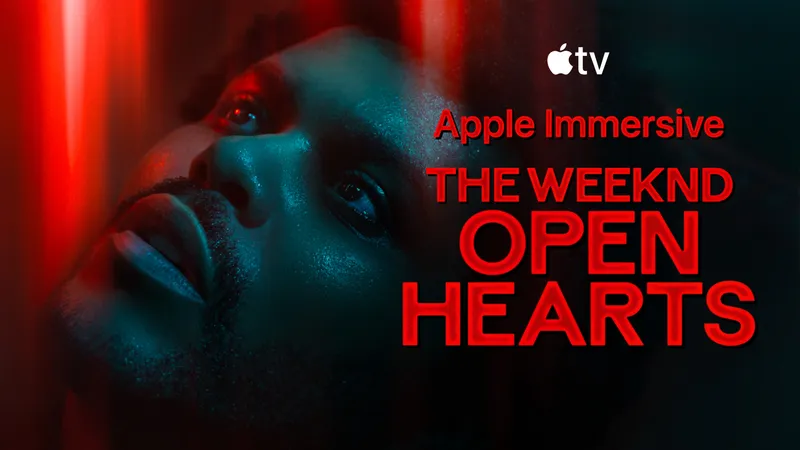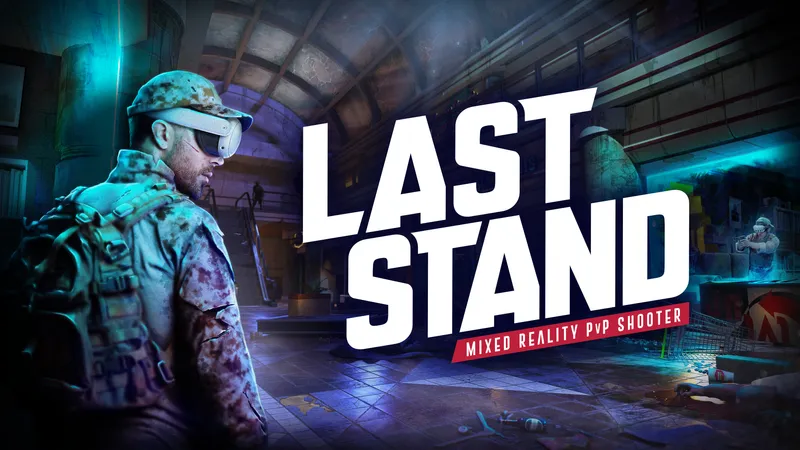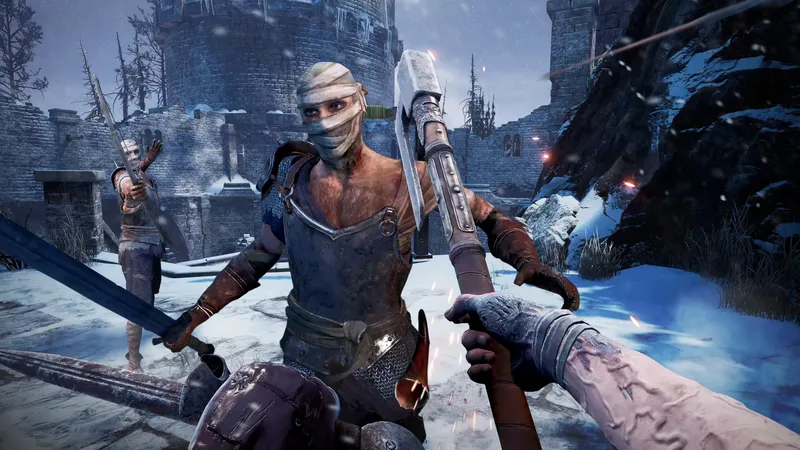It’s hard to be on the web these days and not see something about the impact of virtual reality on just about any industry, or the next big wave in VR in general. Being in the space directly, it’s very easy to get desensitized to it and a little jaded as well. People are shouting just about anything they can for attention: “VR can make you tie better knots!” Sure, why not? “VR makes nachos cheesier!” Seems legit. “VR, AR and a wireless HMD helped me grow two more arms!” Who could question that? But what if I told you that the next big thing and VR is already out there and its hiding in plain sight?
As the former editor in chief and director of a few mainstream lifestyle fitness brands like Men’s Fitness, I’m used to hearing my fair share of suspicious promises when it comes to fitness and overall health. In fact, when someone told me VR was poised to change how people worked out, I’ll admit that while I was hopeful, I didn’t think it would happen. We all saw how empty the Wii Fit was and it cast a pretty heavy shadow on technology and fitness ever working together.
What changed my mind? It wasn’t the Reddit guy who got a fair amount of exposure for his 50-day challenge. It wasn’t reviewers saying they were out of breath when they came out of a VR experience. It wasn’t even casually trying on an Oculus and spending a few minutes trying out a sample. It was, as with anything in fitness, putting in the effort and the time.
You see, I didn’t believe 100 rep workouts worked until the morning after hit me with so much soreness that I seriously questioned if I had been hit by a train in real life. I didn’t know that yoga would actually help my back pain until I felt it the next day. With VR fitness, it hit me the next day and the best part was that I really didn’t think I had been killing myself with effort in the gym the day before said onset of delayed muscle soreness (delayed onset muscle disorder for my fit friends reading this).
How it worked is as simple as fitness can be: It makes you move. Why it’ll arguably work for more people than the gym: It doesn’t seem like exercise.
But that’s the easy answer. Beyond just moving, it makes you want to move faster than you normally would in a 2 sets of 12 mentality like you find with your personal trainer. They’ll count you down in each set, but they can’t make you feel like you’re saving the world in a fully immersed gamified experience. That urge to win in a game is what makes VR fitness a winner and what will shape a lot of people into fitter versions of themselves and reshape the industry of VR as a whole.
With that in mind, I tried as many VR experiences as I could and compiled this list of the top three that can really pack a fitness punch. Before some of you very-well-versed VR enthusiasts point anything out: Yes, this list does not include larger systems like VirZoom. This is just about the games. For now, though, let’s talk about the best games that just about anyone with a high-end HMD can play and get fit in the process.
Audioshield
If you’ve ever played this game, it should come as no surprise that it’s on a fitness list. Beyond the cool light show and decent beats that come with this game, it can really be a powerhouse part of a workout. How? As with any workout, if you don’t warm up, you’re not going to get the best results. Audioshield is a great workout warmup. Why? According to former track and field pro, Preston Lewis, co-founder of Black Box VR, “It hits you everywhere you need to target before performing anything with any intensity by making you do range of motion movements like swinging your arms, and then forces you to push and hold, make rapid fire presses and small, uncontrolled side lunges.” The game couldn’t be a better warm up even if it depicted your avatar wearing obnoxious neon yellow Under Armour gear.
Let’s break it down: Most warm ups in the gym are either too lazy or non-existent (we’re looking at you Muscle-shirt guy) so calculating how many calories burned is rather difficult. Playing Audioshield for 20 minutes would very likely help you burn more than 150 calories, the average amount for an equal amount of time of very moderate, simple calisthenics.
Kick it up a notch by wearing some wrist weights and you’ll turn this great warm-up into a lean muscle builder.
Thrill of the Fight
There’s something inherently fit about boxing. It’s not the getting punched in the face, it’s not the crowd cheering you on and it’s not the Vegas setting, which is all good, because this game has none of those elements. What it does have is everything fit about boxing: punching, swinging, blocking, dodging and ducking. If you don’t feel a burn in your shoulders or core when you play this game, you’re clearly not playing it right! Certified personal trainer, Kendall Wood put it into perspective for us: “If you punch a bag 100 times, it’s not the bag that’s targeting and creating the burn and fatigue in your arms, shoulders and core. It’s the repetitive motion and use of these same muscles.” With Thrill of the Fight, you’ll get that and then some because you’re not just punching. You’re also twisting and rotating your body, which hits your core. You’re dodging attacks, which will hit your legs. You’re laterally raising your arms, which will your shoulders and arms. And let’s not forget the fact that you’re burning fat and stress with every second.
Let’s break it down: boxing for 20 minutes usually helps you burn a minimum of 350 calories. If Thrill of the Fight can match that same number, you just burned nearly a quarter of your daily calorie intake in just 20 minutes while also having fun and targeting some of the biggest muscles in your body.
Kick it up a notch by training for the fight like an actual boxer. You’ll be a better player in the game and you’ll literally watch pounds melt off of you.
Holopoint
This one is always a fun one—and just like any workout, it can be the final stage of a training session that you’ll learn to love, but might just dread at the start. Holopoint is a great VR experience that can’t help but get you fit. That is, of course, unless you want to be a failed samurai and if that’s you, we aren’t too sure about how we feel about that. In all seriousness, this is the intense finisher any workout could benefit from. It combines rowing motions that target your back and shoulders, twisting and dodging that hit your core, fast-paced spinning and total body alertness and motion that will give you a cardio blast and lunge-like motions that will make your legs scream in the next day. “Done properly, Holopoint is up there with any high intensity internal training session,” Wood said and if you’ve ever tried it, you’d agree.
Let’s break it down: Holopoint is a lot like a HIIT (High Intensity Interval Training) session. It targets a lot of muscles, gets your heart rate high and keeps it there for the duration of the session. A solid 20 minute HIIT workout can yield a total loss of 400 calories and even more thereafter, and an intense bout with Holopoint can generate a similar result.
Kick it up a notch by doing some squats, push ups or burpees between intervals if you dare.
Michael De Medeiros is the Editor in Chief of VRFitnessInsider.com.

